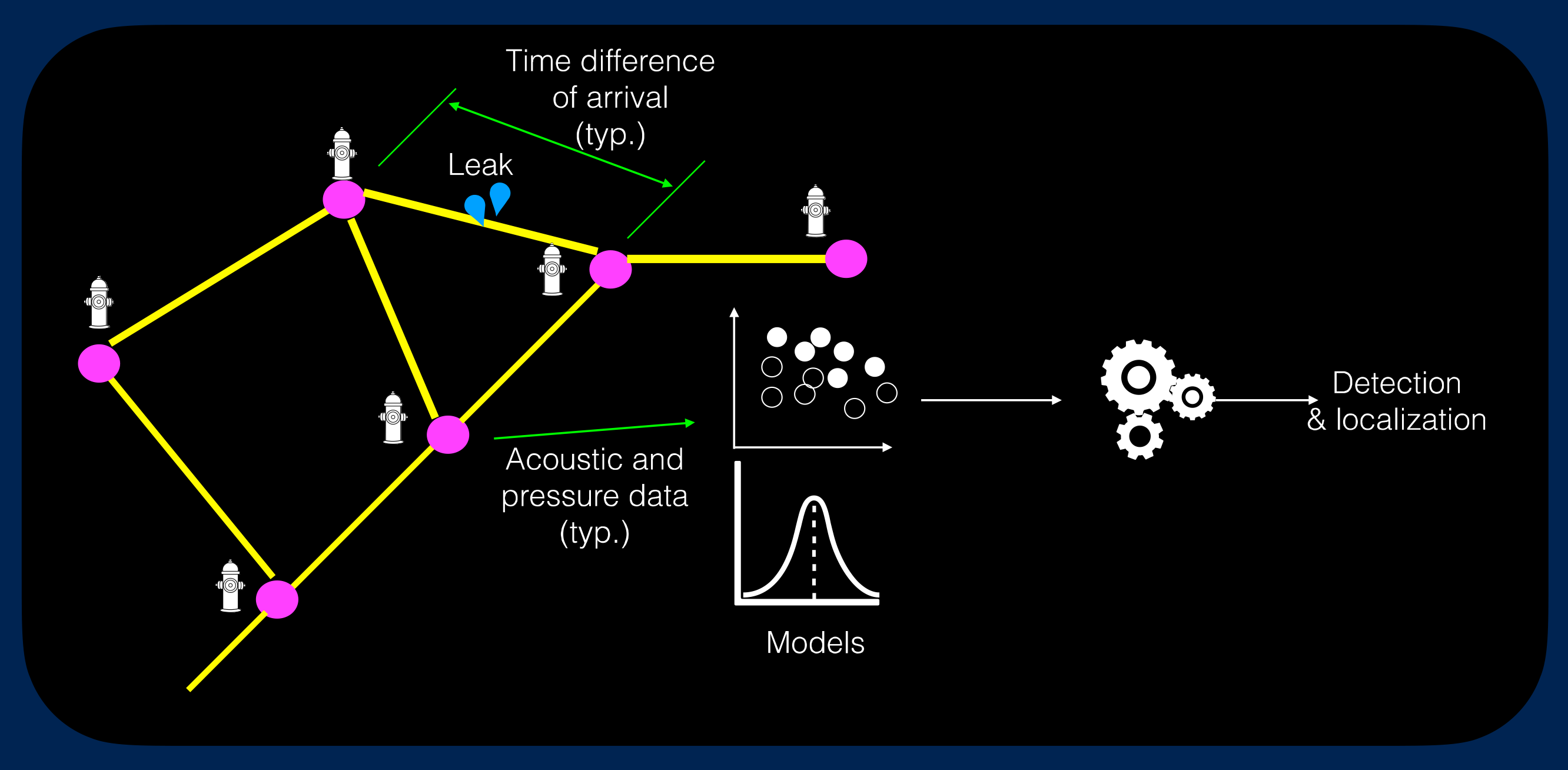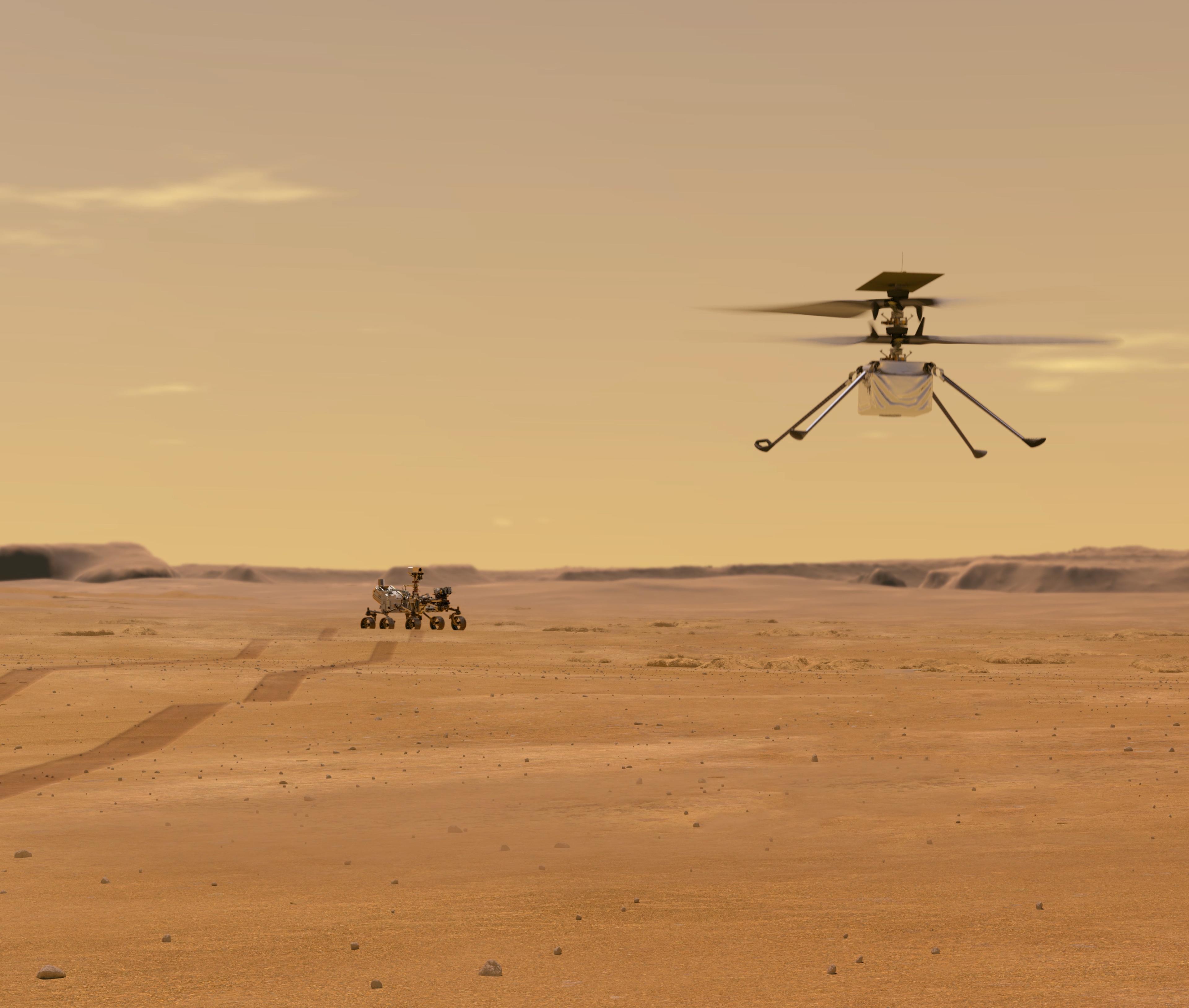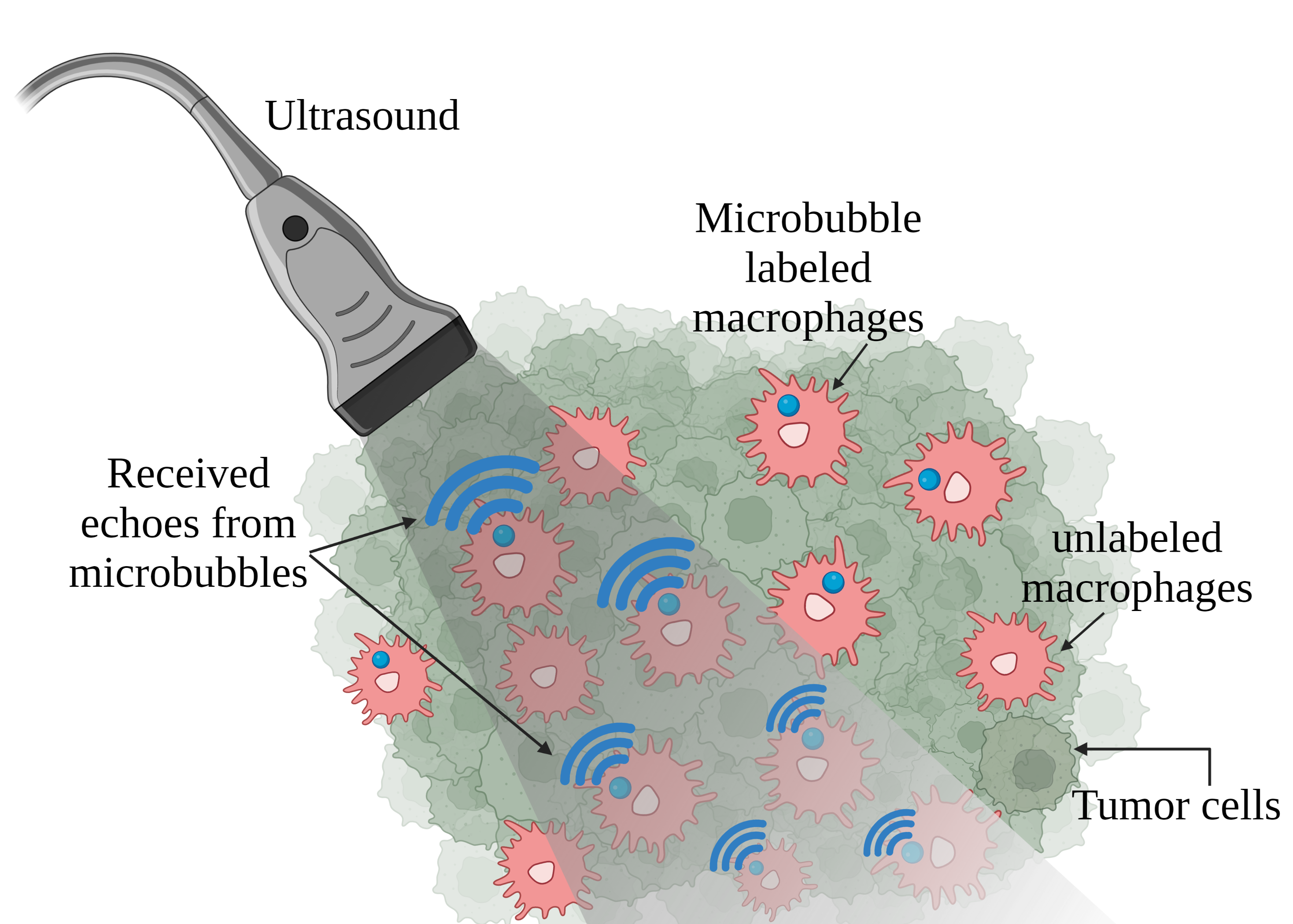To reach the stratosphere, Daniel Bowman of Sandia National Laboratories and his collaborators build relatively simple, solar-powered balloons that span 6 to 7 meters across. After releasing the balloons, they track their routes using GPS and use them to collect data and detect low-frequency sound with microbarometers. Rarely disturbed by planes or turbulence, the microphones on the balloons pick up a variety of sounds unheard anywhere else. Bowman will present his findings using these hot air balloons to eavesdrop on stratospheric sounds at the upcoming 184th ASA Meeting.





